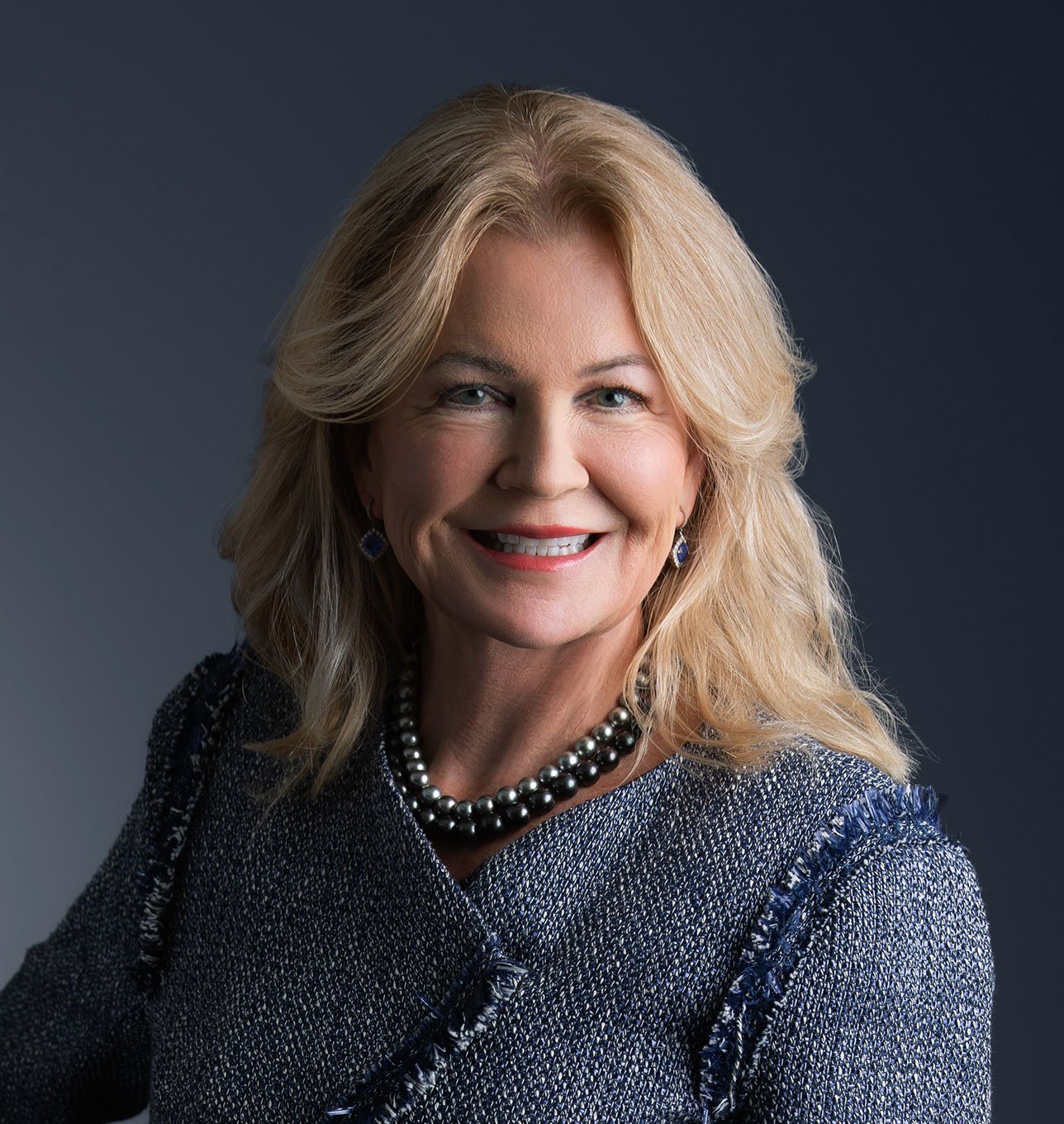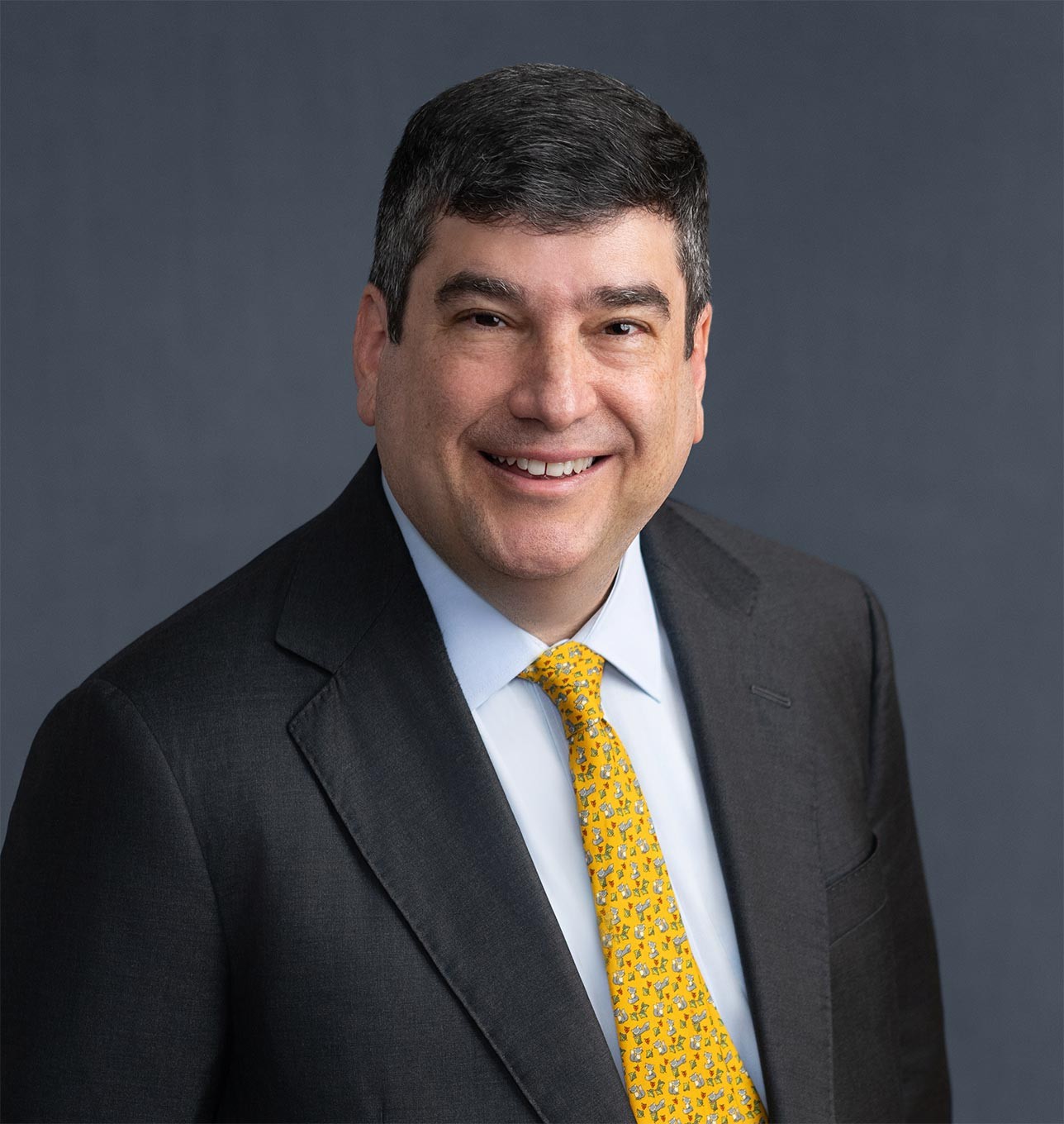Volcker Rule Revision Complete—Easing the Compliance Burden for Banks
On June 25, 2020, five federal financial regulatory agencies published the long-awaited Final Revisions to the Volcker Rule (the “Final Revisions”) which revise certain aspects of the Volcker Rule (Section 13 of the US Bank Holding Company Act) with respect to the identification and treatment of covered funds. The Final Revisions follow three years of the agencies’ consideration of changes to the Volcker Rule, originally prompted by the June 2017 Treasury Report that solicited changes to ease the compliance burden on banks. The Final Revisions are largely consistent with the notice of proposed rulemaking (the "NPR") published six months ago, but with some important, and welcome, clarifications and other adjustments. Many of the changes from the NPR contained in the Final Revisions are in response to industry requests designed to clarify and ease the compliance burden of banking entities subject to the Volcker Rule.
For those entities relying on the loan securitization exclusion under the Volcker Rule (the “LSE”), the Final Revisions added to the LSE an allowance to own up to 5 percent of non-loan debt instruments (such as corporate bonds). This 5-percent bucket is calculated based on the par value of assets at the time of each acquisition. In a shift from the NPR, the Final Revisions limit the 5-percent non-complying assets bucket to debt securities (other than asset-backed securities (“ABS”) or convertible securities). Although this change from the NPR technically narrows the non-complying assets bucket, the agencies helpfully clarified in the adopting release for the Final Revisions that all leases and leased property are permissible assets under the LSE. This clarification alleviates the need for further broadening of the non-complying assets bucket for typical ABS transactions while closing any gap in the NPR that would have permitted funds relying on the LSE to acquire equity securities.
The Final Revisions include a safe harbor carve-out to the definition of “ownership interest” under the Volcker Rule in substantially the same manner as proposed in the NPR. The safe harbor applies to certain senior loan or other senior debt interests that satisfy three tests. The safe harbor provides greater clarity around certain debt interests that structured finance industry participants ordinarily would not consider to be an ownership interest. Unfortunately, the agencies declined to provide further clarity around the meaning of “senior.”
The need for further clarification with respect to this safe harbor, however, is largely mitigated by the helpful change and clarifications to the definition of “ownership interest” in the Final Revisions and accompanying adopting release. Importantly, and as requested by industry participants, the Final Revisions provide that the right to remove a collateral manager or similar entity for cause generally does not convert a debt instrument into an “ownership interest,” regardless of the existence of an event of default or acceleration event. Although the Final Revisions include a list of specific “cause” events on the basis of which holders of debt instruments may remove a manager without their instruments being rendered “ownership interests,” we believe these are generally consistent with industry standards— and moreover, the list includes a catch-all for other similar "cause" events that are not solely related to the performance of the covered fund or the investment manager's exercise of investment discretion under the covered fund's transaction agreements. The adopting release also helpfully clarifies that the existence of a typical cash waterfall for the allocation of collections to an interest in an issuer is not a “right to share in income, gains or profits” that would result in the interest constituting an ownership interest in a covered fund. We anticipate that these adjustments to the definition of “ownership interest” will enable banking entities to invest in CLOs and other ABS loans and debt instruments without the need to rely on a specific covered fund exclusion. This should ease the compliance burden for banking entities that finance the securitization of loans.
The Final Revisions are effective as of October 1, 2020—just three months away. The agencies considered a longer transition period but believe the nature of the changes permit an accelerated effective date. We agree. We will provide a full Legal Update on the Final Revisions in the coming days.





